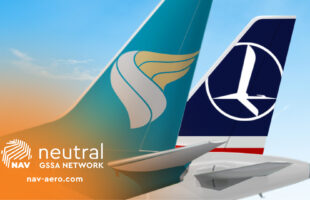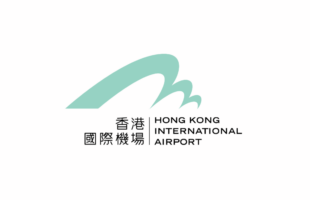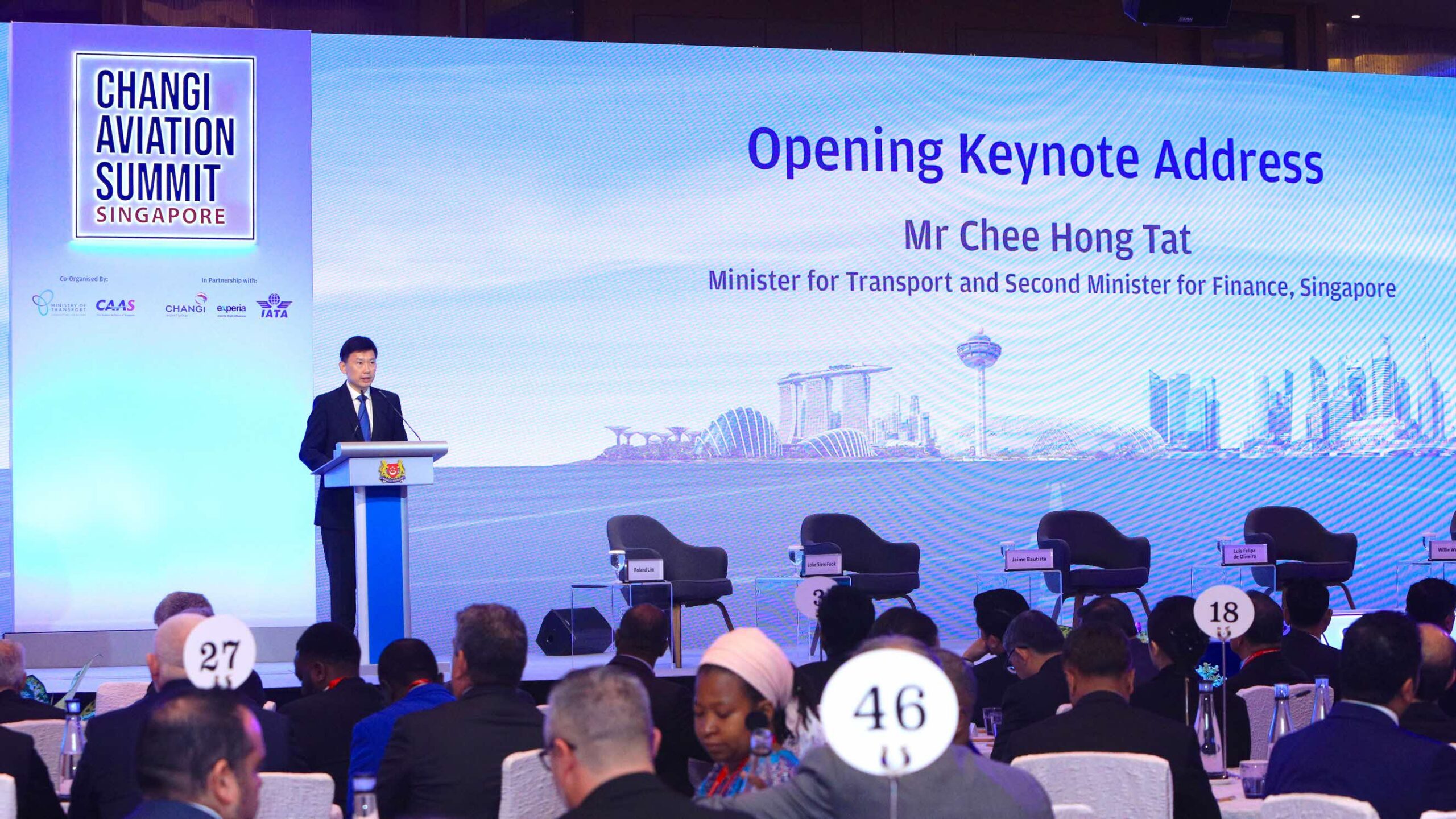
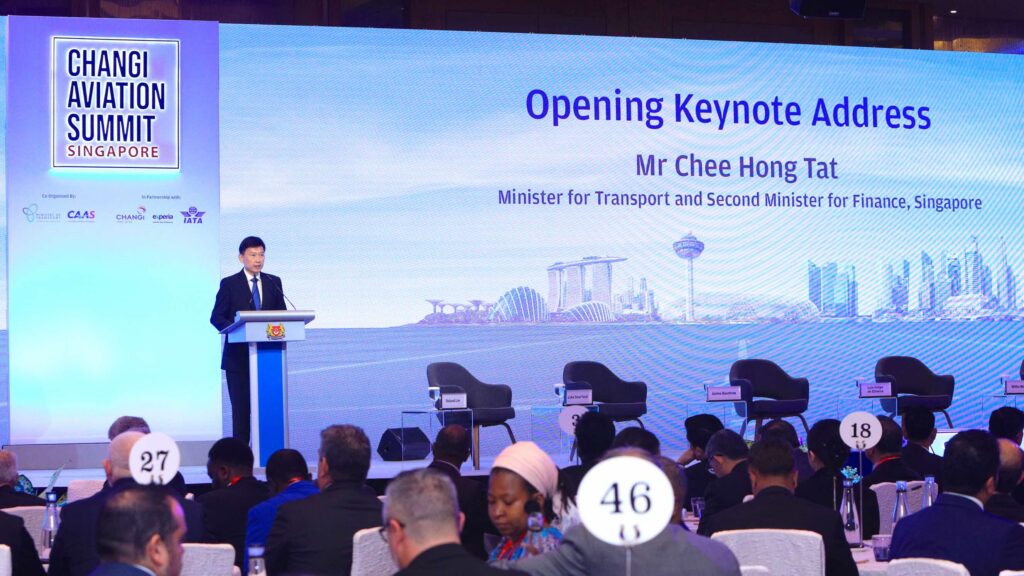
Singapore has laid out its medium- and long-term targets and concrete steps to decarbonise its aviation sector, and from 2026, flights from the city-state will be required to use sustainable aviation fuel.
The Civil Aviation Authority of Singapore on 19 February released its sustainable air hub blue blueprint, which lists 12 initiatives across the airport, airline and air traffic management domains. The target is to reduce domestic aviation emissions from airport operations by 20 percent from 2019 levels and achieve net zero by 2050.
Amongst the various initiatives, the use of SAF for airlines is expected to contribute around 65 percent of the carbon emission reduction needed to achieve net zero by 2050. The CAAS has set out progressive targets to support the production of SAF, with a base of target of 1 percent SAF use by 2026.
To address the volatile price of the greener alternate jet fuel given the limited supply, the aviation authority will introduce a levy for the purchase of SAF to achieve the uplift target. The levy will be set at a fixed quantum, based on the SAF target and projected price at that point in time, and will vary based on factors such as distance travelled and class of travel.
“As an indication, we estimate that the levy to support a 1% SAF uplift in 2026 could increase ticket price for an economy class passenger on a direct flight from Singapore to Bangkok, Tokyo and London by around S$3, S$6 and S$16 respectively. Passengers in premium classes will pay higher levies,” the CAAS shared in a press release.
Aside from the use of SAF, Singapore has also outlined other three other initiatives involving airlines, which include centralised procurement of SAF for the Singapore air hub, anchoring SAF production in Singapore and the region, and investing in airline fleet renewal and operational improvements.
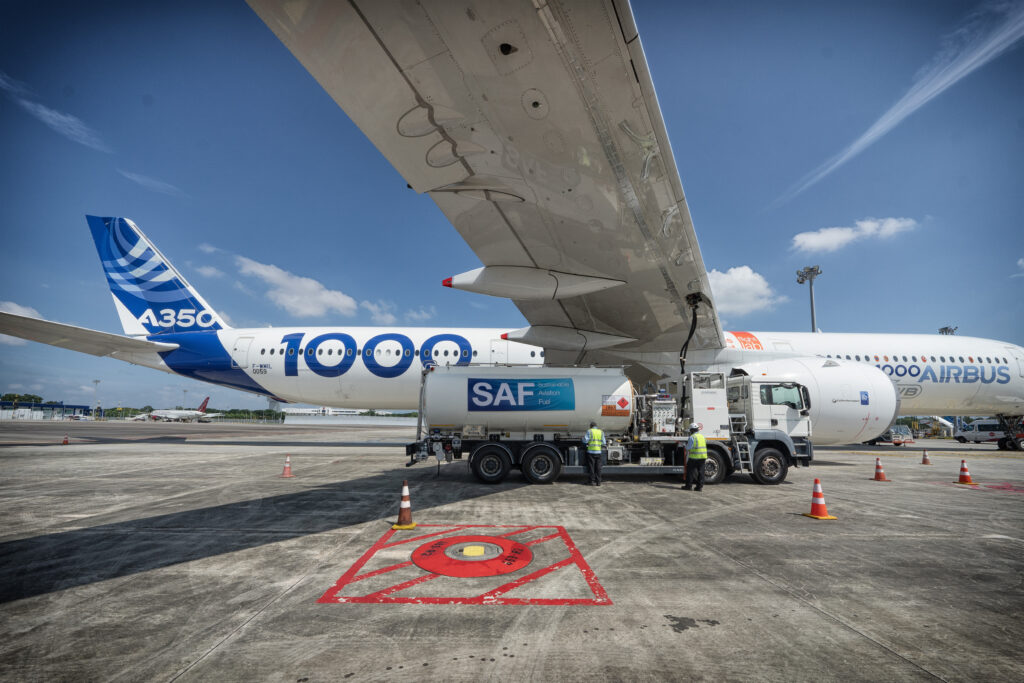
Across the other domains, five initiatives have been rolled out to reduce energy use and deploy renewables at Singapore’s airports. These include solar power deployment at Changi and Seletar, expanding the use of cleaner energy for airside vehicles, improving building energy efficiency, leveraging low-carbon electricity imports, and exploring the feasibility of an on-site waste-to-energy facility for resource circularity
The CAAS will also undertake three initiatives to improve air traffic management (ATM) operations to increase efficiency and bring about a 10 percent reduction in additional fuel burn and emissions over the next five years. These include advanced demand-capacity balancing implementation, performance-based navigation enhancements, and gate-to-gate trajectory optimisation.
The airport authority has also outlined five enablers to create the conditions for the effective implementation of these initiatives, including policy and regulation, industry development, infrastructure planning and provision, workforce transformation, and international partnerships and collaborations. In March last year, the CAAS earmarked S$50 million to support sustainable aviation projects.
The Singapore sustainable air hub blueprint was launched by Mr Chee Hong Tat, minister for transport and second minister for finance, on 19 February at the Changi Aviation Summit. The blueprint, developed by the Civil Aviation Authority of Singapore (CAAS) in consultation with industry and other stakeholders, will be submitted to the International Civil Aviation Organization (ICAO) as Singapore’s State Action Plan in February.
“Singapore’s approach is to enable the aviation sector to achieve both growth and environmental sustainability, so that future generations can continue to enjoy the benefits of flying,” the minister expressed.
“The measures were developed after careful study and close consultation with domestic and international stakeholders, and we hope that they will help to catalyse the development of sustainable aviation in the region and around the world.”





